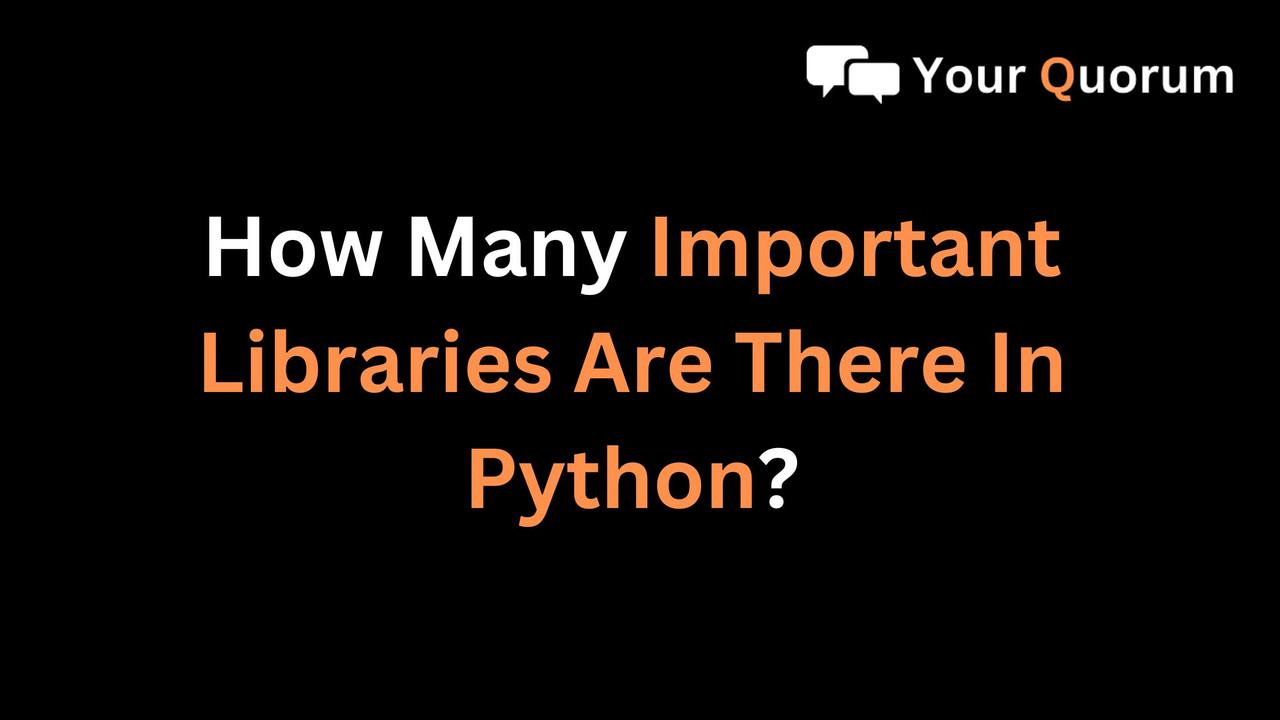Python libraries are helpful tools that reduce the requirement to create original code. There are currently about 137,000 Python libraries available, and they are essential to the development of applications related to image and data manipulation, data science, machine learning, and data visualization, among other fields. Before delving into the most widely used Python libraries, let us give a quick introduction to the Python programming language.
What is a Library?

A library is an assemblage of pre-assembled codes that can be utilized repeatedly to shorten the coding time. When a code needs to be accessed quickly rather than having to be constructed from scratch every time, they are especially helpful. These are collections of reusable resources, much like physical libraries, therefore each library has a root source. This is the basis for the many Python open-source libraries that are out there.
What is a Python Library?
A Python library is an assemblage of modules and packages providing an extensive array of features. Developers can complete a variety of tasks without starting from scratch while using these libraries.
They include pre-written code, classes, functions, and routines that can be utilized for a variety of activities, including data manipulation, task automation, application development, and mathematical computations.
Python's vast library ecosystem spans a wide range of applications, including web development (Django, Flask, etc.), data analysis (Pandas, NumPy, etc.), machine learning (TensorFlow, scikit-learn, etc.), image processing (Pillow, OpenCV, etc.), scientific computing (Scipy, etc.), and many more.
Python is very popular among developers, researchers, and data scientists because of its abundance of libraries, which make complicated functionality easy to implement and make the development process simpler.
Applications for the Python Library
- Bring in Libraries:
- Use the import statement to import libraries first.
- Libraries as a whole or individual modules can be imported.
- Employ Classes and Functions:
- Access the library's classes, functions, and other resources.
- As needed, incorporate imported classes and functions into your program.
- Examine the documentation:
- Get acquainted with the documentation provided by the libraries you utilize.
- Details regarding the functionalities, parameters, return values, and usage examples are provided in the documentation.
Top 22 Python Libraries List
| Rank | Library | Primary Use Case |
|---|---|---|
| 1 | NumPy | Scientific Computing |
| 2 | Pandas | Data Analysis |
| 3 | Matplotlib | Data Visualization |
| 4 | SciPy | Scientific Computing |
| 5 | Scikit-learn | Machine Learning |
| 6 | TensorFlow | Machine Learning/AI |
| 7 | Keras | Machine Learning/AI |
| 8 | PyTorch | Machine Learning/AI |
| 9 | Flask | Web Development |
| 10 | Django | Web Development |
| 11 | Requests | HTTP for Humans |
| 12 | BeautifulSoup | Web Scraping |
| 13 | Selenium | Web Testing/Automation |
| 14 | PyGame | Game Development |
| 15 | SymPy | Symbolic Mathematics |
| 16 | Pillow | Image Processing |
| 17 | SQLAlchemy | Database Access |
| 18 | Plotly | Interactive Visualization |
| 19 | Dash | Web Applications |
| 20 | PySpark | Big Data Processing |
| 21 | NLTK | Natural Language Processing |
| 22 | spaCy | Natural Language Processing |
No comments